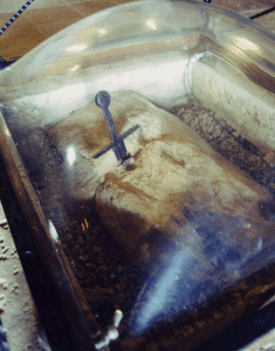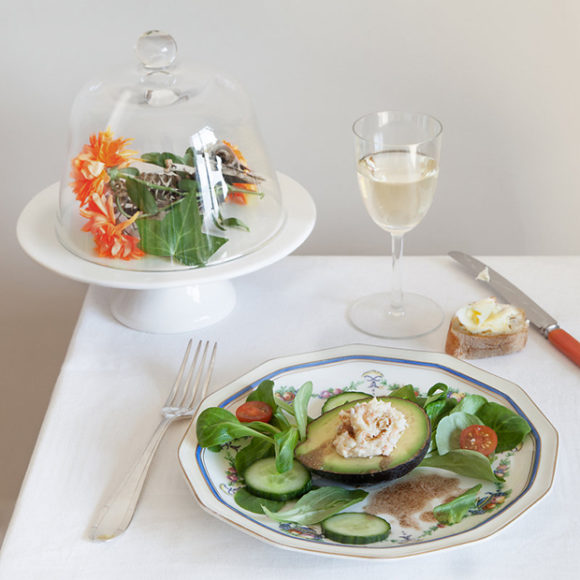The Origin of the Myth of Excalibur?
Myth or memory?
From Atlas Obscura,
…The legendary sword in the stone from the lore of King Arthur does exist. But it’s not in Avalon. It’s in Italy — on display in the Montesiepi Chapel in Tuscany.
The Sword in the Stone at Montesiepi Chapel
The real sword in the stone is found not in England, but in an Italian chapel.
“Galgano Guidotti was born in 1148 near Chiusdino. After spending his youth as a wealthy knight, in 1180 Giudotti decided to follow the words of Jesus and retired as a hermit near his hometown. He began to experience visions of the Archangel Michael, leading him to God and the twelve apostles on the hill of Monte Siepi. In one vision, Michael told Giudotti to renounce all of his earthly possessions. He responded that this would be as difficult as splitting a stone, and to prove his point, thrust his sword into a rock. To his surprise, the sword went through the impenetrable surface as though it was water. Shortly after, an errant horse led Giudotti to the very hilltop that had appeared in his visions, where he was moved to plant a cross. Not having any wood handy, he plunged his sword into a rock, just as he had in the vision, where it was embedded for all time. One year later Giudotti died, and in 1185 Pope Lucius the 3rd declared him a saint, and the Montesiepi Chapel was built up around it.
While the sword was considered a fake for years, recent studies examined the sword and the hands, and the dating results as well as metal and style of the sword all are consistent with the late 1100s – early 1200s. This may mean that the story of Excalibur in the stone originated with Guidotti in Italy….”
For the rest, click here.
Share


